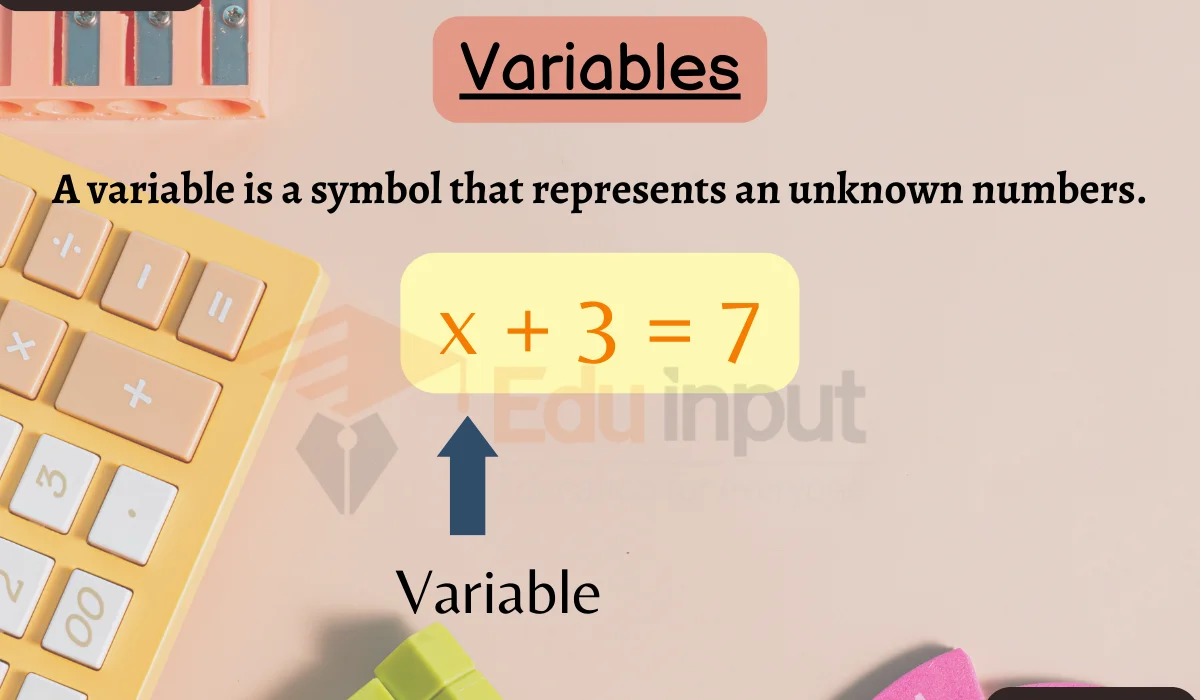What is Odd Number Mean in Math?-Definition, And Properties
Odd numbers are numbers that cannot be divided into two groups equally. In other words, all numbers except the completely divided of 2 are odd numbers. In this article learn more about odd numbers. Even numbers are those numbers that can be divided into two equal groups and are exactly divisible by 2.
What are the odd numbers?
Odd numbers are those numbers that cannot be divided into two groups or pairs equally. In other words, odd numbers are that cannot be categorized into groups of two.
For example:
3,5,7,9
Properties of an odd number
The following properties of odd numbers. Each of these can be explained in a detailed way property as given below.
- Addition of odd numbers:
The sum of two odd numbers always answers an even number
For example:
7 + 9 = 16 .
- Subtraction of odd Numbers:
Subtraction of two odd numbers always answers in an even number.
For example:
5 – 3 = 2
- Multiplication of odd numbers:
Multiplication of two odd numbers always results in an odd number.
For example:
11 × 3 = 33
- Division of odd numbers
The division of two odd numbers always answers an odd number.
For example:
9 ÷ 3 = 3
Types of odd numbers
Odd numbers are a list of all the numbers that are not completely divided by 2. So we can have many types of odd numbers starting from whether the odd numbers have factors or not, what is the difference between two odd numbers, what is their position on the number line, etc.
Composite Odd Numbers
Composite odd numbers are said to be odd numbers that are not prime numbers. These types of odd numbers are made by the product of two smaller positive odd integers. The composite odd numbers from 1 to 100 are 9, 15, 21, 25, 27, 33, 35, 39, 45, 49, 51, 55, 57, 63, 65, 69, 75, 77, 81, 85, 87, 91, 93, 95, and 99.
Consecutive odd number
Consecutive odd numbers are those odd numbers that are listed in sequence of their order.
For example:
if n is an odd number, then the numbers n and n + 2 are grouped under the consecutive odd numbers. They always have a difference of 2 between them and are consecutive in nature, hence the name consecutive odd numbers.
For example:
3 and 5, 11 and 13, 25 and 27, 37 and 39, 49 and 51, and so on.
Summary
- The sum of two odd numbers is always an even number.
- A simple method to differentiate whether a number is odd or even is to divide it by 2.
- If the number is not divided by 2 completely.
- Odd numbers always have 1, 3, 5, 7, or 9 in their unit place. Even numbers always have 0, 2, 4, 6, or 8 in their unit place.

 written by
written by 





Leave a Reply